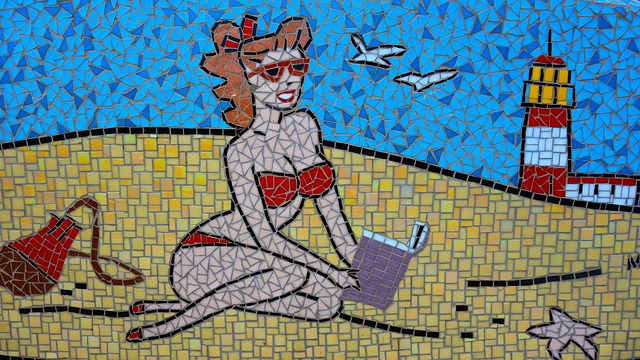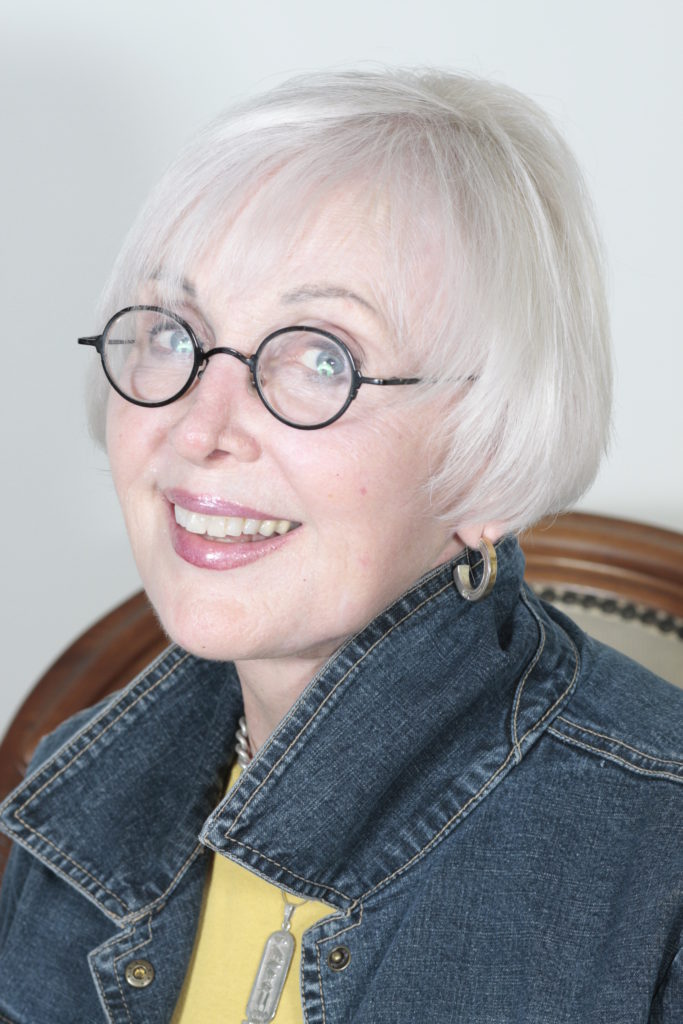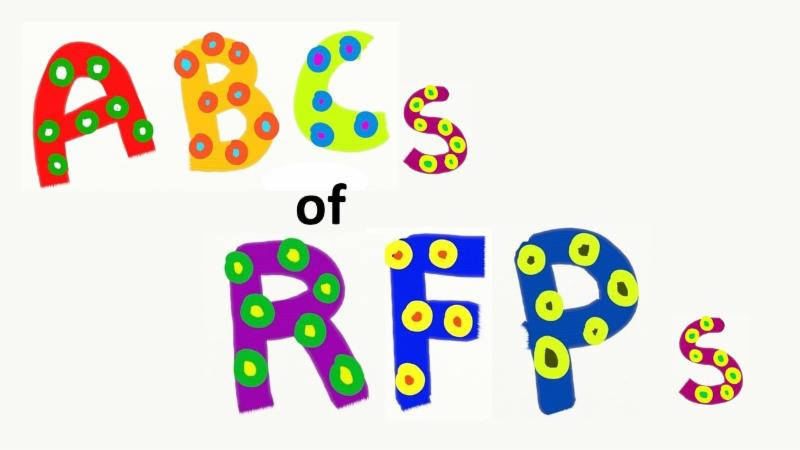Product Placement for Your Book – Something to Consider
A couple years ago I was answering questions for an online interview to promote the Southern Utah Book Expo I would soon be presenting at.
Because I am from Utah, my high school newspaper and yearbook became a topic of discussion when mentioned that getting sponsorship ads for those things was as vital to their being as the photos, writing, and layout of those parts of high school life we all value.
Authors do the same kind thing with their Web sites.
Carefully vetted ads can add value to their contents.
I am a sometime actor and occasionally I notice how carefully a director places a picture on a wall or a can of Coke on the table in the shot he’s taking.
That’s placement advertising and we—as consumers of both the Coke and the ad itself—hardly notice.
It’s more subliminal than the ads in our high school year books, but they are related.
It’s so natural to see them there, we don’t think of them as advertising.
Though we in the US laud capitalism and monetary independence, we don’t much like to “be sold.”
In fact, many metaphorically wave the flags of commerce in our politics (though some suddenly become shy about doing so for their own books! But more on that later!).
These subtle ads overcome some of that resistance.
Just as I’m thinking about that, I ran across a related article in the business section of the LA Times.
Of course! It’s about product placement in videos and how it’s growing.
And how it’s making some smart video companies and producers some really big dollars.
Why am I not surprised that is happening?
Here’s why.
The Love Boat, the TV series from several decades ago, was one giant product placement sitcom and we just didn’t care.
We loved it!
This kind of marketing is not new—nor is it unacceptable.
And I have long recommended to my clients sponsorships (a soft word for advertisements) for their books and e-books.
Similar ads have long appeared in the front- and backmatter of fine literary journals.
Now, back to the idea of authors using the same techniques for upping the value of their content and for fattening their pocketbooks.
I hope I’ve convinced you that if it’s OK for everyone else, it’s OK for those who write books.

For any author to sell product placement or advertising and make large quantities of money requires an audience (we authors call it a platform).
But it can be done on a small scale.
You might do it for a fellow author out of the goodness of your heart or perhaps in trade with other authors who are out there making videos and otherwise promoting and building their platforms like crazy.
The video entrepreneurs featured in the LA Times article remind others that audience is “more important than any brand deal.”
They say that if they love a product, it feels good to do something with it commercially.
But it’s even more than “love.”
Even if you love a product you need to ask, “Does this product benefit (elucidate) the work itself?”
Another is, “Is the product something that might benefit the author’s intended audience?”
If you’ve decided something like this is worth exploring, here are a few guidelines for you to consider:
1. Don’t interrupt the story (the arc or thread) with an “unrelated product message.”
I’d extend that and say at its best it should never feel like an interruption at all.
2. A product or its logo might work best if it doesn’t appear until half way through the video.
If you should decide to use an actual ad, put it at the end of the video or book because if a person has hung in long enough to see that final frame—or “final page”—they probably will be more receptive to a product than if it’s flashed up front where it might discourage a person from watching your presentation at all.
3. Try a title card, too.
Entrepreneurs McLaughlin and Link Neal use product placement well into their cat video and then a brand name “title card” at the end.
I’m thinking even title cards could add some additional value.
More than A title card for a cat food video could look like a cross-stitched “Kitty Snoozing” sign hanging from a doorknob.
It could be designed with Friskies colors, a logo, and little kitty-food-can tassels hanging from the corners.
4. Think of ways to extend the value of your video or anything else you are using product placement for.
The company that makes the kitty food might extend the idea of a door hangar so that their customers could send in five cat food labels to get one for their cat’s sleeping spot.
What a way to introduce a cat owner to a new cat food!
5. The value of the title card on your video can work miracles for you.
What would it look like—beyond just your bookcover image and a Web site address.
In The Frugal Book Promoter, a couple of my ads offer a discount on products that writers can use by means of promo codes.
So what are the guidelines for success—whether it is a paid-for project, a bartered one, or the goodness of your heart?
1. Passion
2. Appropriateness
3. Perceived Benefit
4. A Promotion Partner so you can share both real expenses and the time it takes to promote it.
On that latter point, one of my subscribers, Reno Lovison, once made a slide-show video for me without even asking.
He sent it to me as a gift with suggestions of how I might promote it.
It was an interesting turn around because his own promotional materials and video business were the product placements within the ad he made for me.
Talk about partnerships!
His Web site is http://authorsbroadcast.com/and if you look at the books on his Web site, you’ll also see the cover of one of my retail books for which he made a more traditional sales video several years ago (and which I still use in multiple spots on my Web site).
About Carolyn Howard-Johnson
 Carolyn Howard-Johnson brings her experience as a publicist, journalist, marketer, and retailer to the advice she gives in her HowToDoItFrugally series of books for writers and the many classes she taught for nearly a decade as instructor for UCLA Extension’s world-renown Writers’ Program.
Carolyn Howard-Johnson brings her experience as a publicist, journalist, marketer, and retailer to the advice she gives in her HowToDoItFrugally series of books for writers and the many classes she taught for nearly a decade as instructor for UCLA Extension’s world-renown Writers’ Program.
All her books for writers are multi award winners including the first edition of The Frugal Book Promoter originally published in 2003 and now in its second edition. Her The Frugal Editor, also now in its second edition, won awards from USA Book News, Readers’ Views Literary Award, the marketing award from Next Generation Indie Books and others including the coveted Irwin award.
Howard-Johnson is the recipient of the California Legislature’s Woman of the Year in Arts and Entertainment Award, and her community’s Character and Ethics award for her work promoting tolerance with her writing. She was also named to Pasadena Weekly’s list of “Fourteen San Gabriel Valley women who make life happen” and was given her community’s Diamond Award for Achievement in the Arts.
Get more Book Marketing tips here!
Note: This post may contain some affiliate links for your convenience (which means if you make a purchase after clicking a link I will earn a small commission but it won’t cost you a penny more)! Read my full disclosure and privacy policies...






